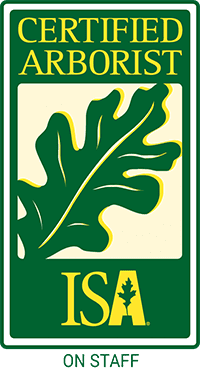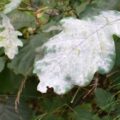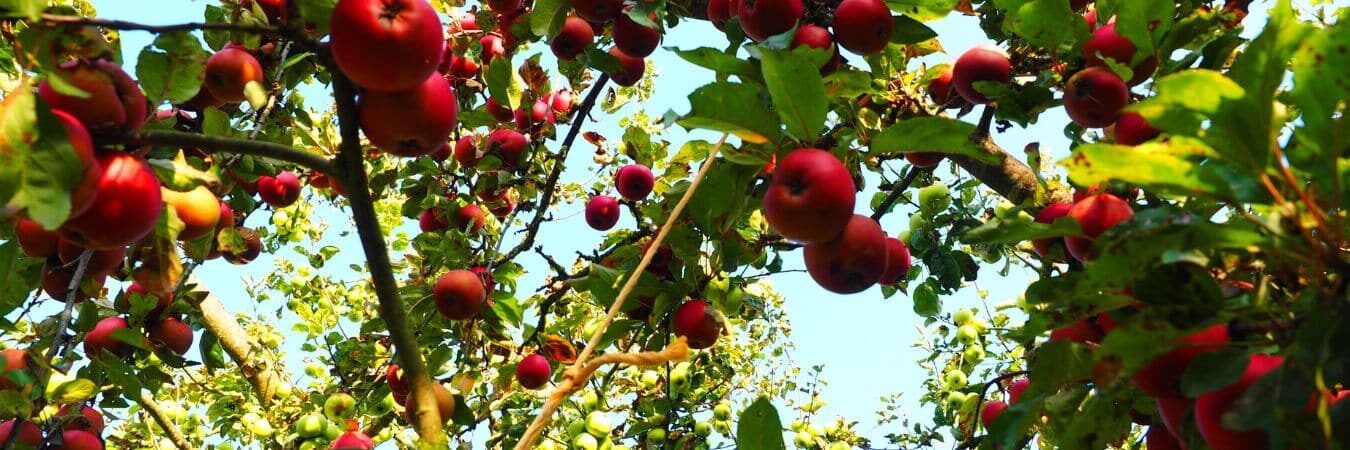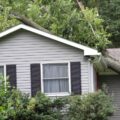We Make Tree Care Easy
Providing Quality Tree Care Services for over 25 years to Montgomery and Bucks County, PA.
TREE TRIMMING and PRUNING · TREE REMOVAL · EMERGENCY STORM DAMAGE · FERTILIZATION · TREE HEALTH MANAGEMENT
Get a FREE Quote!
"*" indicates required fields
Our Tree Care Services
If you’re searching for local tree trimming, tree pruning, tree removal, tree stump grinding, or tree service in Ambler, Chalfont, Lansdale, Telford, and other locations in Montgomery or Bucks Counties, Clauser Tree Care can help! Our arborists keep trees healthy with recommendations for expert tree pruning and tree fertilization, but we also remove trees that have died or have become a safety hazard. We proudly offer a complete range of tree care services.
Our experienced team of tree care professionals is on call to help with any of your tree care needs in parts of Montgomery & Bucks Counties, PA. Our team offers exceptional customer service, affordable prices, and high-quality tree work.
Tree Pruning & Trimming
Proper pruning improves the health, structure, and appearance of your trees and shrubs and prolongs their life by removing dead, dying, diseased, interfering, and objectionable branches.
Deadwood is hazardous and a potential source of disease and decay and should be removed. Pruning to remove disease-infected and/or insect-infested branches can help minimize the chance of those problems spreading and can reduce the need for pesticide applications in some cases.
We specialize in naturalistic pruning to promote the natural shape and form of your trees and shrubs.
Tree Removal
Regardless of the size or location of your tree, our staff has the years of experience, specialized equipment, and expert knowledge needed to make sure your tree is removed safely without damage to your property.
And since we treat your property like our own, you can be sure it will be properly cleaned up and look brand new when we’re finished.
We offer affordable tree removal and stump grinding services for residential and commercial properties in portions of Montgomery & Bucks Counties.
Stump Grinding
After a tree has been cut or felled, you’ll be left with a stump. There are many reasons to remove a stump from your yard, and several ways to do it.
Digging it out yourself is only possible if the stump is very small; larger stumps require a professional stump grinding company with the right equipment for the job. Not only is it safer and quicker, it's usually cheaper and much, much more effective!
The Clauser Tree Care stump removal professionals can remove a tree stump after cutting down your tree and eliminate the risks that come with letting the stump sit on your property.
Tree Health Management
Trees and shrubs are large, complex organisms, but seemingly minor damage can trigger a series of subsequent stresses that ultimately lead to plant death. For this reason, it is important to maintain your trees and shrubs to prevent damage whenever possible.
As your Plant Health Care practitioner, one of our main objectives is to help provide an environment that is conducive to maintaining healthy and attractive trees.
Insect & Disease Prevention & Treatment
Healthy trees don't just happen by chance in our (sub)urban environment. It takes proactive care, preventive treatments and, when needed, the application of safe and appropriate chemicals to control harmful insects and diseases.
Early identification is critical for controlling pests and diseases, and preventing irreparable tree damage.
If your trees don't look healthy, it's likely due to problems with pests or diseases, or soil conditions. Often, it's all of these together that are affecting your plants.
Tree Fertilization & Soil Improvement
Proper tree and shrub fertilization provides necessary nutrients that may be lacking in your soil, and can greatly improve plant health and vigor. If your trees and shrubs don't look their best, deep root fertilization can give them the "pick-me-up" they need.
Deep Root Fertilization
To get nutrients to the tree most effectively, we use specialized tools to inject organic liquid fertilizer into the soil around your trees.We Help Stressed Trees Recover
Trust Your Trees to a Clauser Tree Care Arborist
Why? Because ISA Certified Arborists do tree care the right way!
What is a Certified Arborist?
A Certified Arborist is a tree care expert who has a minimum of three years of experience in the tree care profession and has passed an in-depth exam developed by the International Society of Arboriculture. The exam extensively covers every aspect of tree care and requires that the tree care professional has an acceptable level of knowledge in all areas of arboriculture.
Why Hire An Arborist in Montgomery & Bucks Counties?
When you hire an ISA Certified Arborist in Montgomery and Bucks Counties, PA, you receive the best possible tree care service.
Arborists have the knowledge, training, and experience to recognize and treat any tree health issues. We practice arboriculture according to best practices and safety standards, and we love working with trees.
Arborists are specially trained to do tree care the right way!
What Tree Services do Arborists Provide?
The types of services an arborist provides include tree pruning, trimming, tree and stump removal, emergency tree care, tree planting and transplanting, tree health evaluations, treatments to control and prevent insect pest and disease problems, specialized tree fertilization treatments, tree risk assessments, structural and safety services (such as cabling and bracing), and tree consulting services.



















